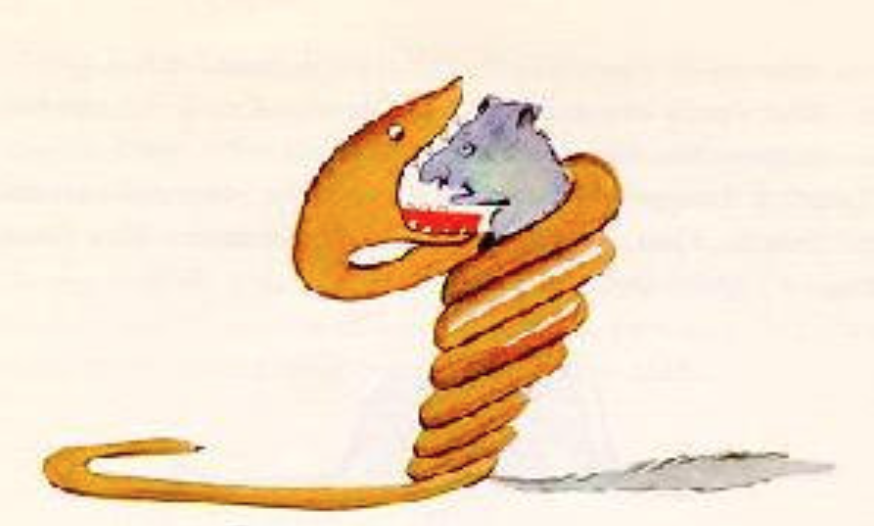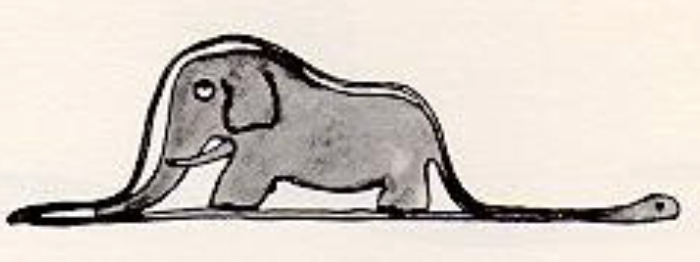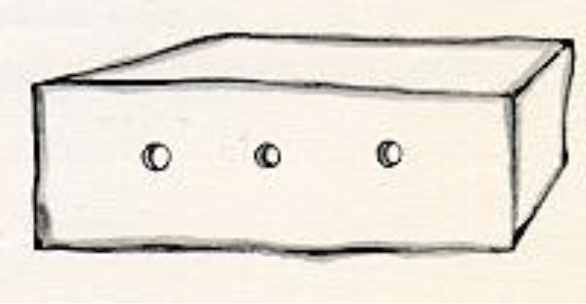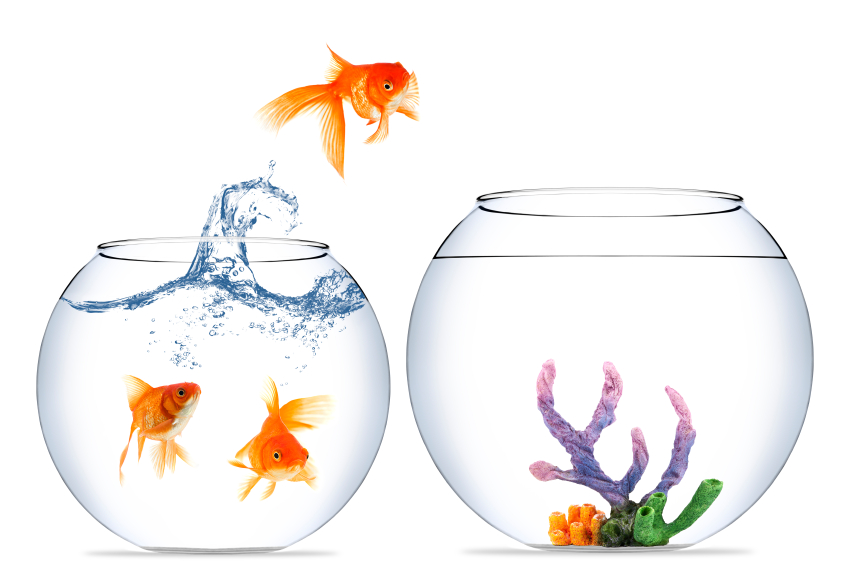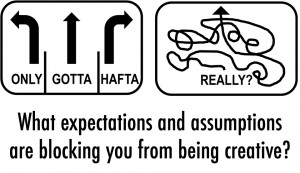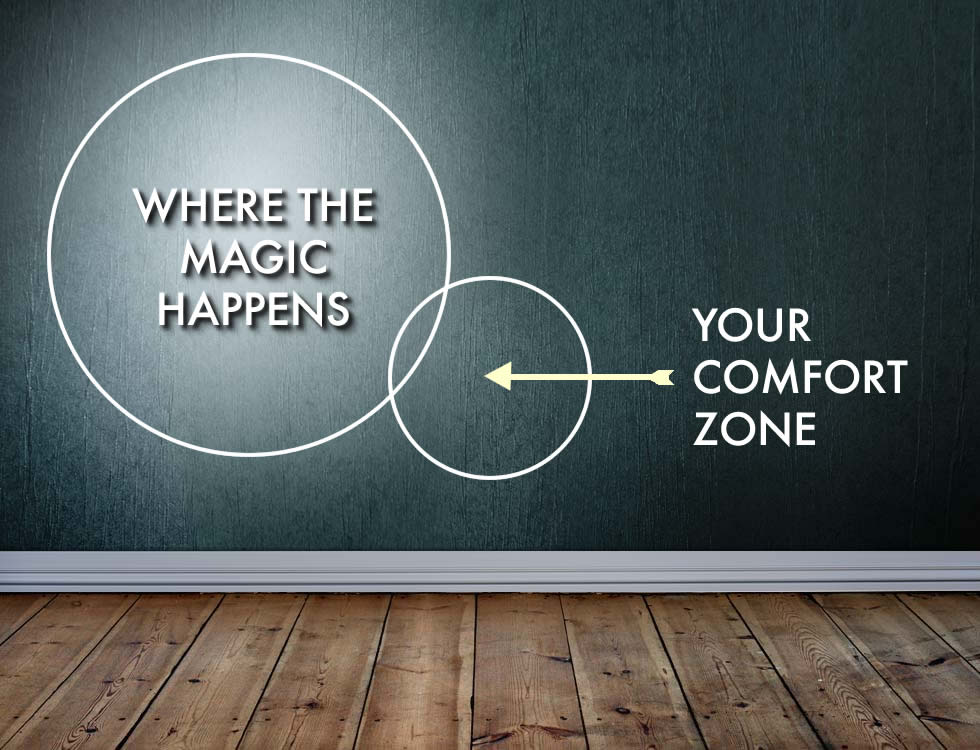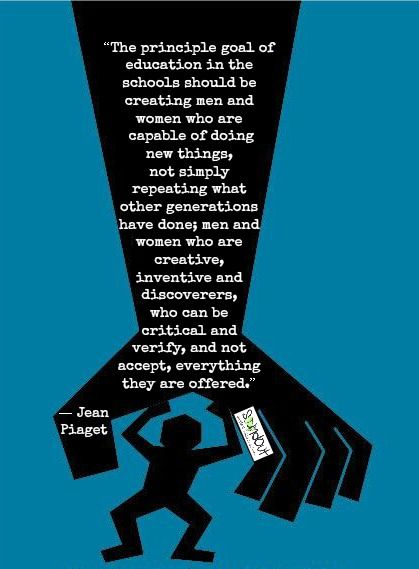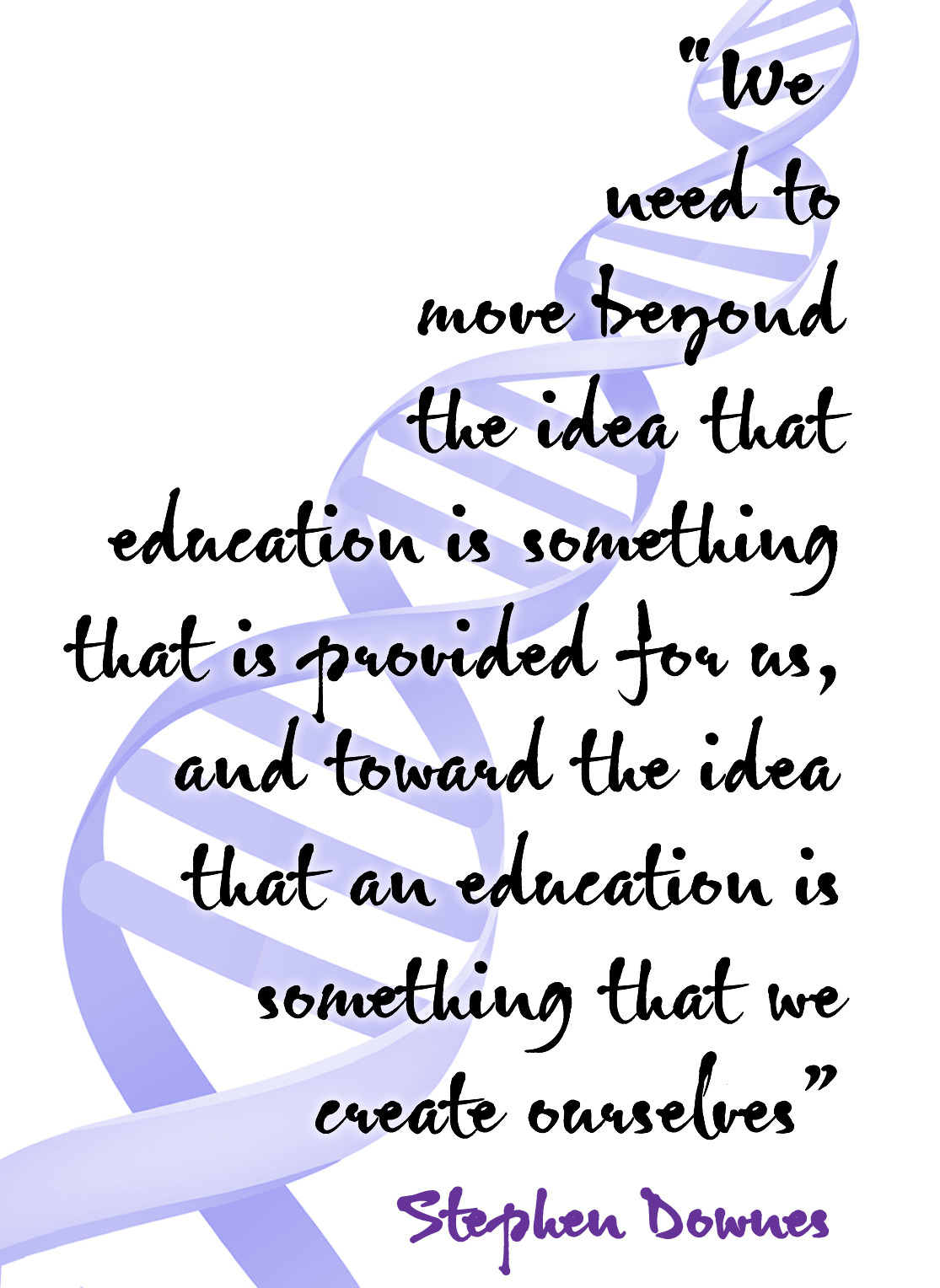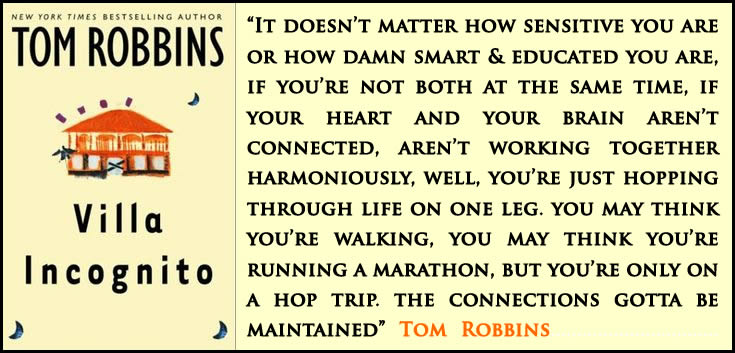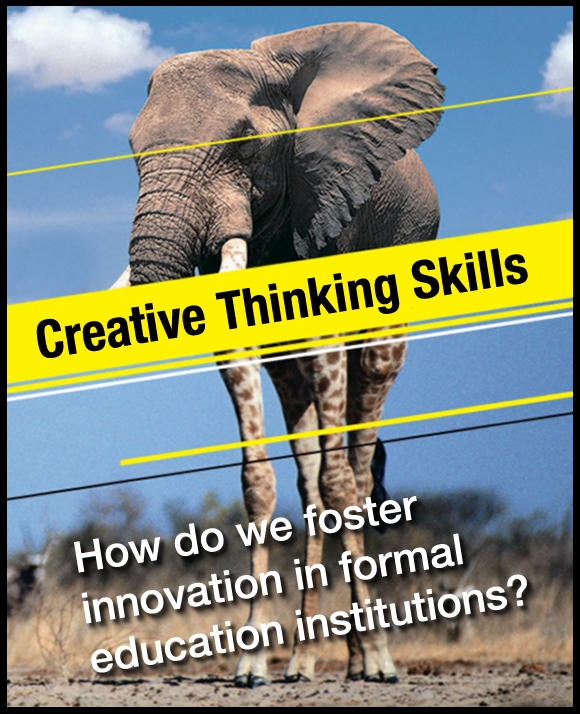As Solnit (2013) shares in in The Faraway Nearby, “to become a maker is to make the world for others, not only the material world but the world of ideas that rules over the material world, the dreams we dream and inhabit together.”
What are you making? What are you sharing? What’s your story?
MAKE is a collection of creative and intellectual works (artifacts, stories, poetry, photography, ethnodrama, and research) by a team of teachers engaged in the art of making meaning together. We welcome you to join us in our journey, “let us take what we have learned from our courses and from each other and fly on eagles’ wings to (s)p(l)aces beyond our imagination” (Stuart, 2016).
Download MAKE from iTunes:
https://itunes.apple.com/us/book/id1093003369
Authors: EDCP 508 Collective
Editor: Paula MacDowell
Publication Date: March 13, 2016
Format: Interactive, multi-touch eBook

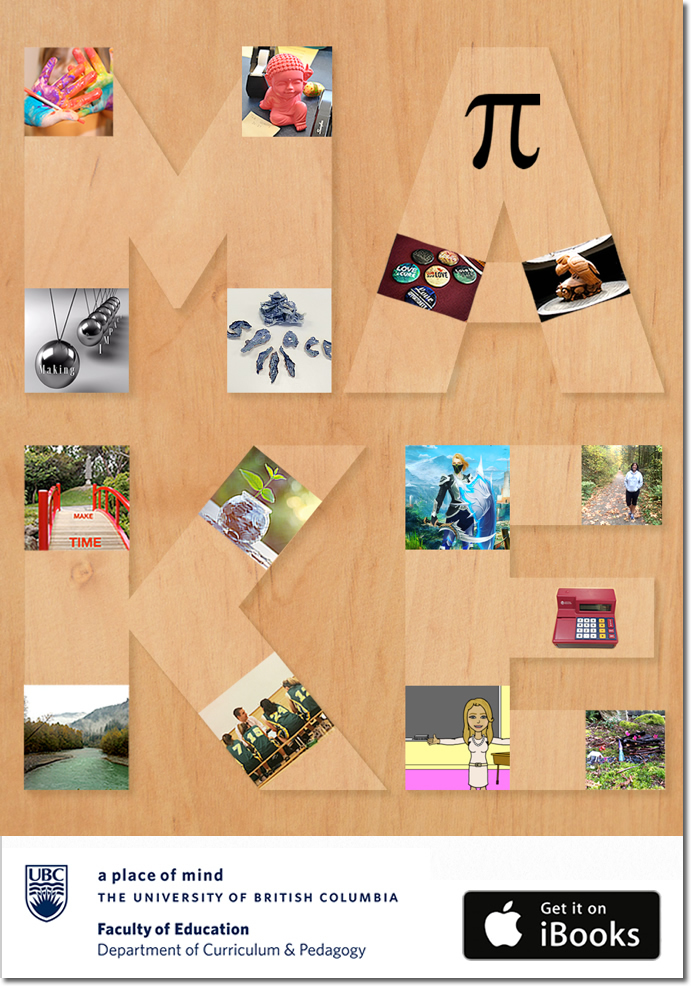
 Follow
Follow
